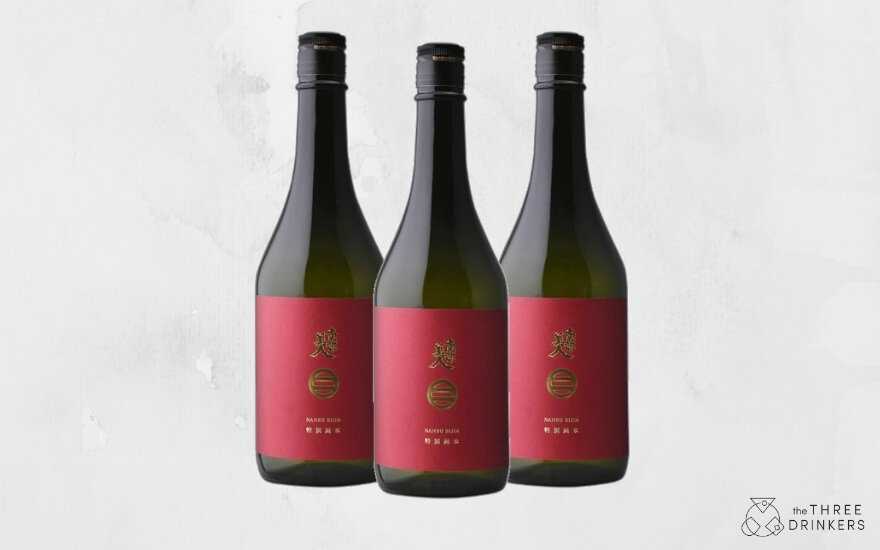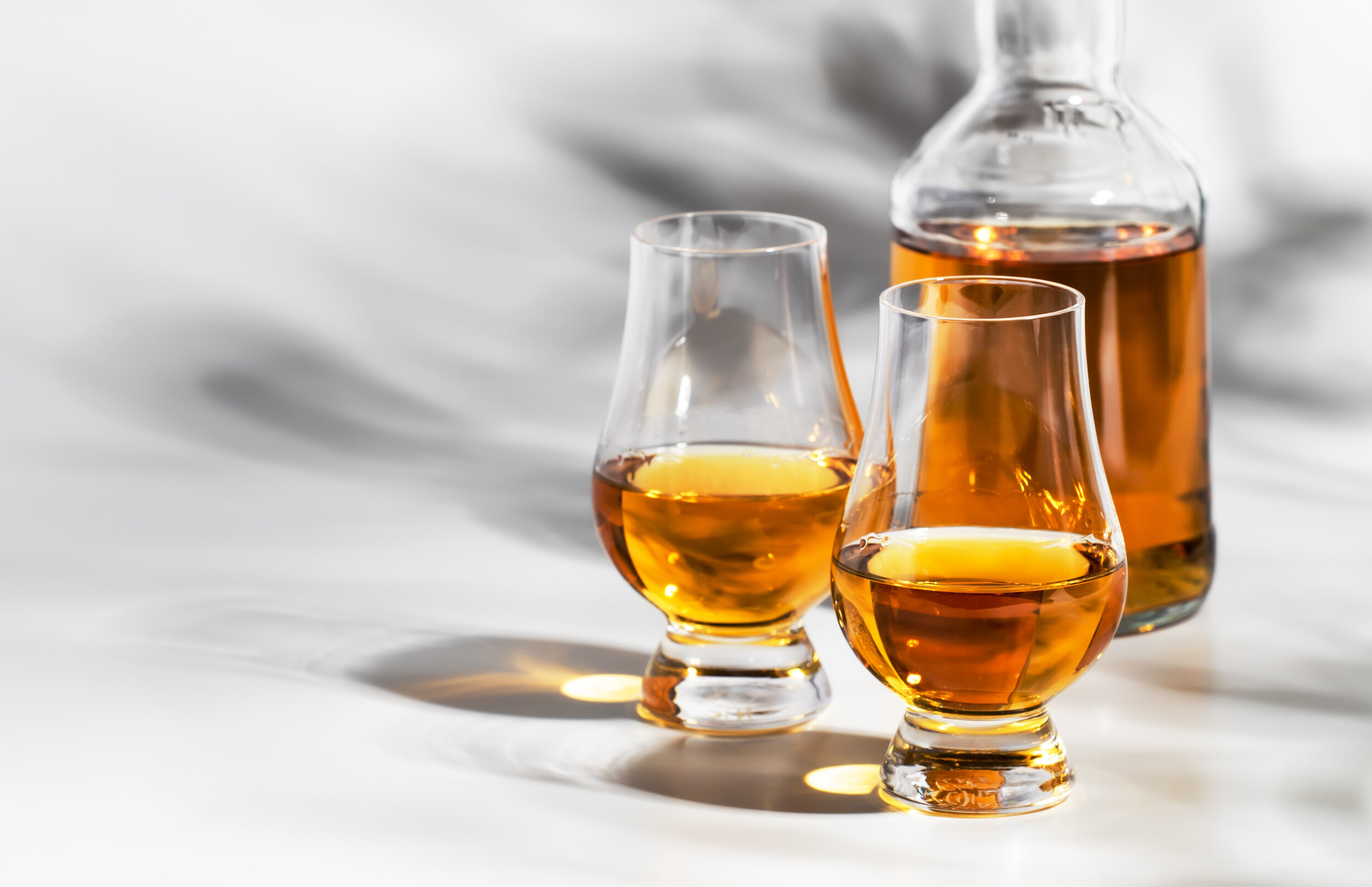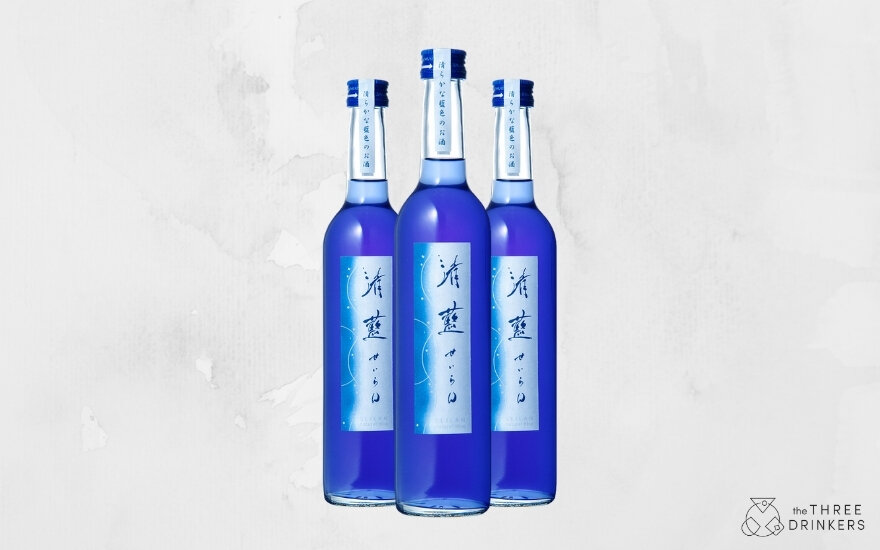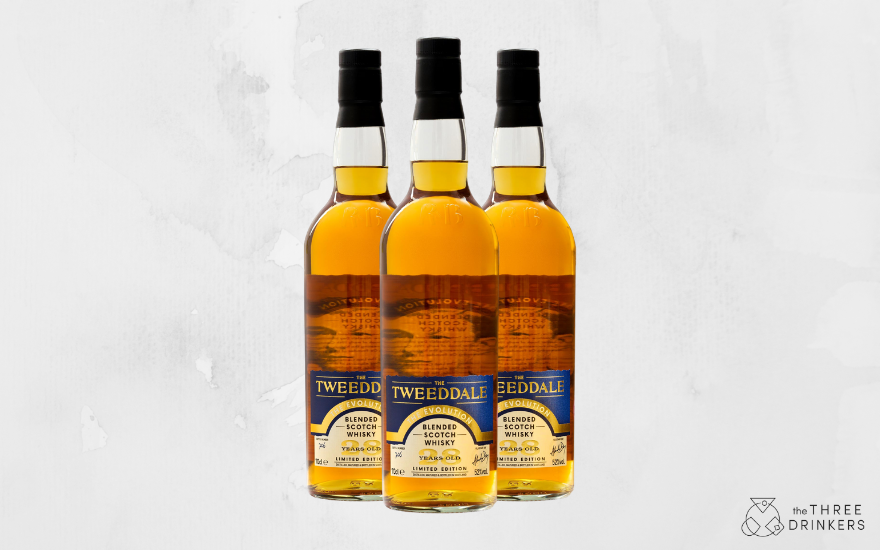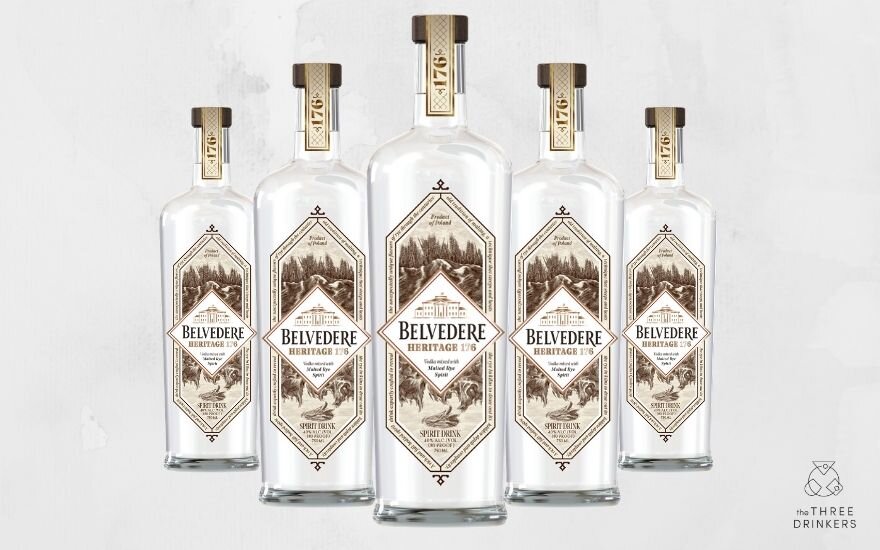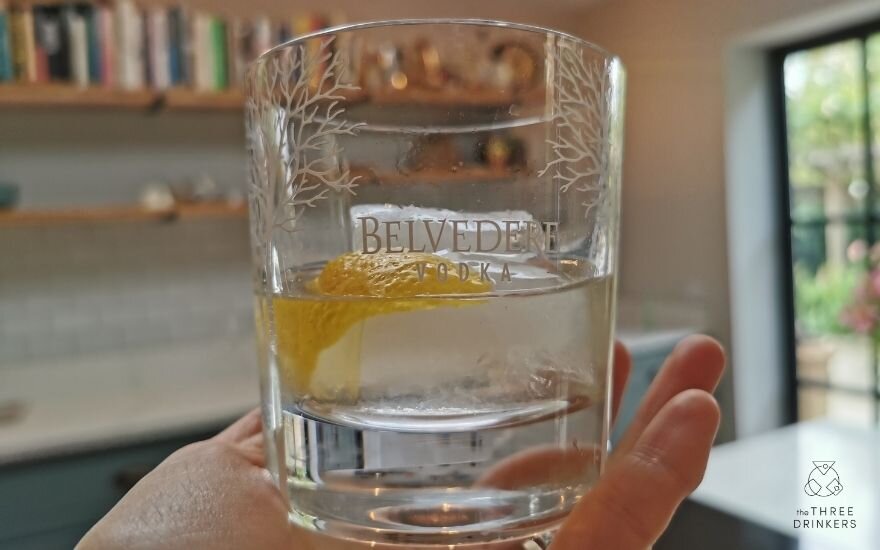Words by Colin Hamdpen-White


The first scene of the first James Bond film, Dr No, opens in Jamaica as James Bond author Ian Fleming had a house there and spent a lot of time there, including writing many of the Bond novels. It seems incredible that it has taken until now for a rum, especially a Jamaican rum, to be released for the franchise.
Ian Fleming’s Jamaican home “GoldenEye” is now owned by Chris Blackwell of Island Records fame. Chris has developed GoldenEye as a resort for visitors, opening the house up to visitors in 2011 and as well as a love for Bond, he has a love for rum. Having produced rum for a number of years, he has now joined forces with the 007 franchise and launched a special 007 limited edition of his Blackwell Fine Jamaican Rum.
It brings me great pleasure to write this. I also have a strong love for Jamaican rum and the Hampden distillery on the island is the same as my family name. I had high expectations for this rum, and it doesn’t disappoint. The rum is aged and very fragrant, warming and rich. Having been aged in American oak barrels there is a good degree of sweetness and the spirit, created from sugar cane using both column and pot stills, has very good balance and complex flavours; more than one would expect of a single distillation blended rum.
Chris Blackwell doesn’t create the rum himself; he ages rums and for this expression worked with Jamaican distillers J. Wray and Nephew, who are well known Jamaican rum producers making the “Uncle Wray” rums.
Chris says “James Bond has been a big part of my life, from my childhood lunches with Ian Fleming at GoldenEye to being a location scout on the first movie, Dr. No (1962). It was a pleasure working alongside the No Time To Die production team in Jamaica providing our iconic rum for the set in James Bond’s house, which has made this very special relationship come full circle.” says Blackwell.
The limited-edition rum features an augmented reality experience available via the website on the bottle where Chris Blackwell comes to life to share life stories, music selections, cocktail recipes, and gives more information about the rum.
The rum will be available in good drinks shops, bars and restaurants from November 2020 and will retail for £35 in the UK. It will be available on-line, and also in France and Italy.
Are you a rum lover? If so, make sure you check out these luxury rums, and if you’re looking for a bit of variety, have a look at these four rums from across the globe.



